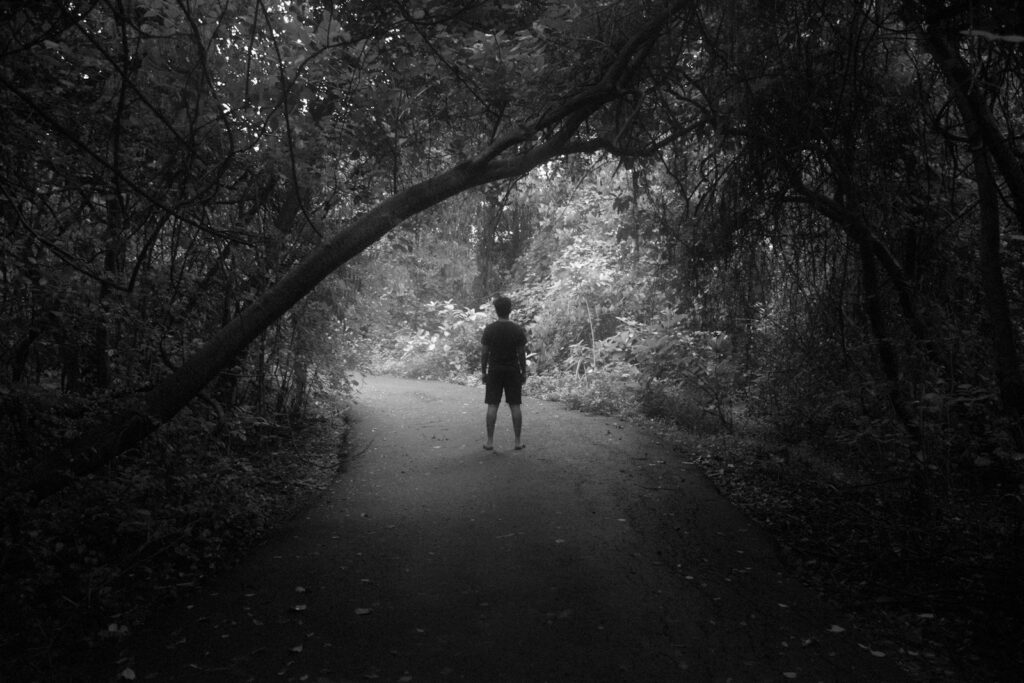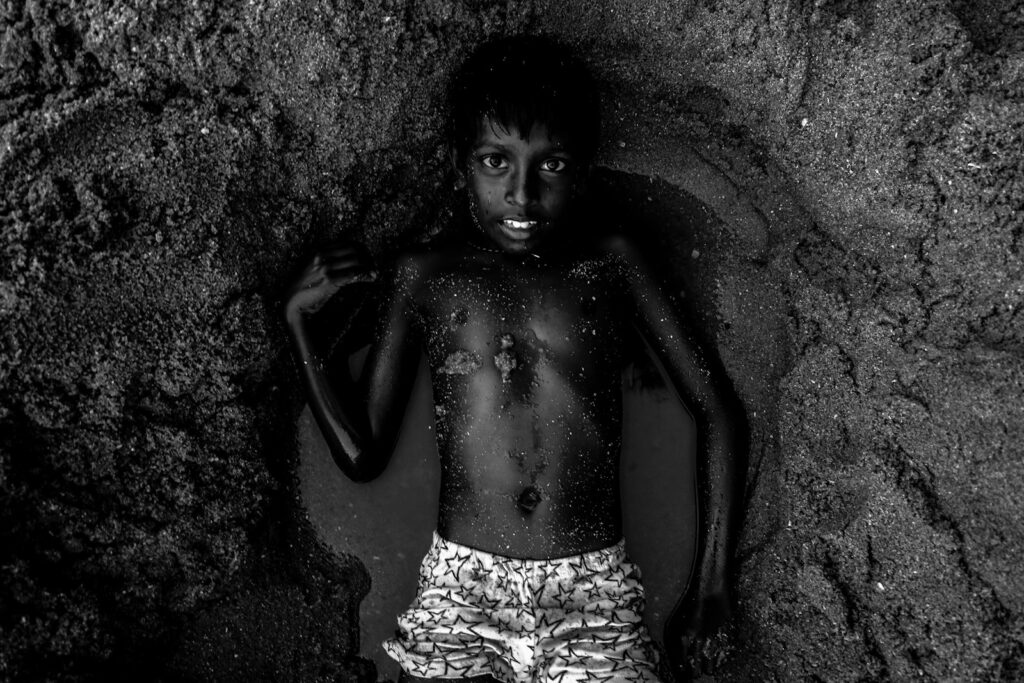
Ever felt like there are stories out there, buried in history, that just *demand* to be told, to be understood, to haunt us until we finally confront them? Well, get ready, because Toni Morrison’s Pulitzer Prize-winning novel, “Beloved,” is precisely one of those stories. It’s a powerful, harrowing, and utterly unforgettable dive into the enduring trauma of slavery and its aftermath, shaking readers to their core with its unflinching portrayal of human suffering, resilience, and the twisted nature of love under unimaginable duress.
Published in 1987, “Beloved” didn’t just win accolades; it redefined what American literature could be, cementing Morrison’s place as a literary giant. It tells the story of formerly enslaved people grappling with their past, specifically a family in Cincinnati whose home is haunted by a malevolent spirit. This isn’t just a ghost story; it’s a profound exploration of memory, identity, and the desperate struggle to heal when the past refuses to stay buried.
We’re about to embark on a deep dive into some of the most compelling aspects of “Beloved,” from its real-life, chilling inspirations to the complex characters who populate its pages and the profound themes it tackles. Get ready to explore why this novel continues to be celebrated, debated, and, yes, even banned, while leaving an indelible mark on everyone who encounters its powerful narrative. It’s time to unpack some truths that are anything but simple.

1. **The Haunting Origin Story: A Mother’s Unthinkable Choice**The genesis of “Beloved” is as chilling and tragic as the novel itself, rooted in a true story that Morrison stumbled upon. The narrative derives directly from the life of Margaret Garner, a slave in Kentucky who, in 1856, made a desperate bid for freedom. Her story, though historical, perfectly encapsulates the unfathomable choices forced upon enslaved individuals.
Garner managed to escape from the slave state of Kentucky and fled to the free state of Ohio, hoping for a new life. However, under the cruel provisions of the Fugitive Slave Act of 1850, she was still subject to capture and forced return to her enslavers. It was this looming threat that drove her to an act of extreme desperation, an act that would become the emotional core of Morrison’s novel.
When U.S. marshals finally broke into the cabin where Margaret Garner and her children had barricaded themselves, she was attempting to kill her children. In a heartbreaking effort to spare them from the horrors of being returned to slavery, she had already succeeded in killing her youngest daughter. This harrowing event served as Morrison’s main inspiration, found in an 1856 newspaper article titled “A Visit to the Slave Mother who Killed Her Child,” later reproduced in “The Black Book,” an anthology of Black history and culture that Morrison herself had edited in 1974.
This historical account provides a stark, painful foundation for Sethe’s character and her own desperate act of infanticide in the novel. It immediately immerses the reader in the cruel realities of slavery, where the concept of ‘safety’ could be so distorted that death seemed a preferable alternative to bondage. It highlights the profound psychological impact of a system that denied parents the right to protect their own children, pushing them to the brink of unimaginable sacrifice.

2. **Life at 124 Bluestone Road: A Home Haunted by the Past**The novel opens in 1873, in Cincinnati, Ohio, and immediately establishes a deeply unsettling atmosphere. We meet Sethe, a formerly enslaved woman, and her 18-year-old daughter, Denver, living together at 124 Bluestone Road. But this isn’t just any home; it’s a place weighed down by an invisible, yet intensely palpable, presence.
For years, the site has been haunted by what Sethe and Denver believe is the ghost of Sethe’s eldest daughter, a malevolent spirit that makes its presence known in disruptive and frightening ways. This haunting isn’t just a narrative device; it’s a manifestation of the past’s refusal to release its grip, a constant, chilling reminder of unspeakable tragedy. Denver, as a result, lives a life marked by shyness, friendlessness, and virtual house arrest, isolated by the spectral occupant.
The ghost’s influence is far-reaching, even driving away other family members. Sethe’s sons, Howard and Buglar, had both run away from home by the age of 13, a departure Sethe attributes directly to the malevolent spirit. Furthermore, Baby Suggs, Sethe’s mother-in-law, died soon after the boys fled, eight years before the novel’s main events begin, further cementing the house’s reputation as a place of profound sorrow and loss.
The arrival of Paul D, one of the enslaved men from Sweet Home, the plantation where Sethe and her family were once held, briefly offers a reprieve. His presence is powerful enough to force out the spirit, an act that initially earns Denver’s contempt for driving away her only companion. He even manages to persuade Sethe and Denver to leave the house together for a rare outing at a carnival, marking a moment of fragile hope and a temporary lifting of the oppressive atmosphere that had defined their existence within the walls of 124.
Read more about: Toni Morrison’s “Beloved”: An Enduring Masterpiece’s Unflinching Exploration of Slavery’s Profound Scars

3. **The Enigma of Beloved’s Arrival: A Ghost Made Flesh?**Just as a fragile sense of normalcy begins to settle, a new and profoundly mysterious element enters the story, setting the stage for the novel’s central conflict. Upon returning home from their outing at the carnival, Sethe, Paul D, and Denver discover a young woman sitting on their doorstep. Soaking wet, she calls herself Beloved.
Her sudden, unexplained appearance immediately raises questions and stirs differing reactions within the small family. Paul D, ever cautious and pragmatic, is deeply suspicious of the newcomer, sensing something unsettling about her. He warns Sethe, his instincts clearly signaling danger. However, Sethe, perhaps yearning for a connection or driven by a deeper, unacknowledged need, is inexplicably charmed by the young woman and dismisses Paul D’s concerns.
Denver, on the other hand, embraces Beloved with an almost desperate eagerness. She readily takes on the role of caretaker for the sickly young woman, and it’s not long before a profound belief takes root in her mind: she starts to believe that Beloved is, in fact, her older sister, returned from the grave. This belief, born of isolation and longing, provides a fertile ground for Beloved’s integration into the household, despite the lingering mystery of her origins.
From the moment she steps across the threshold, Beloved’s presence acts as a catalyst, beginning to unravel the delicate emotional fabric of the household. She starts to exhibit increasingly strange and demanding behaviors, consuming Sethe’s time, attention, and dwindling resources. Her arrival is not merely a plot point; it’s a profound disruption, forcing the characters to confront the very traumas they have long sought to repress, blurring the lines between past and present, the real and the spectral. The mystery of her identity becomes a powerful engine for the novel’s unfolding drama.
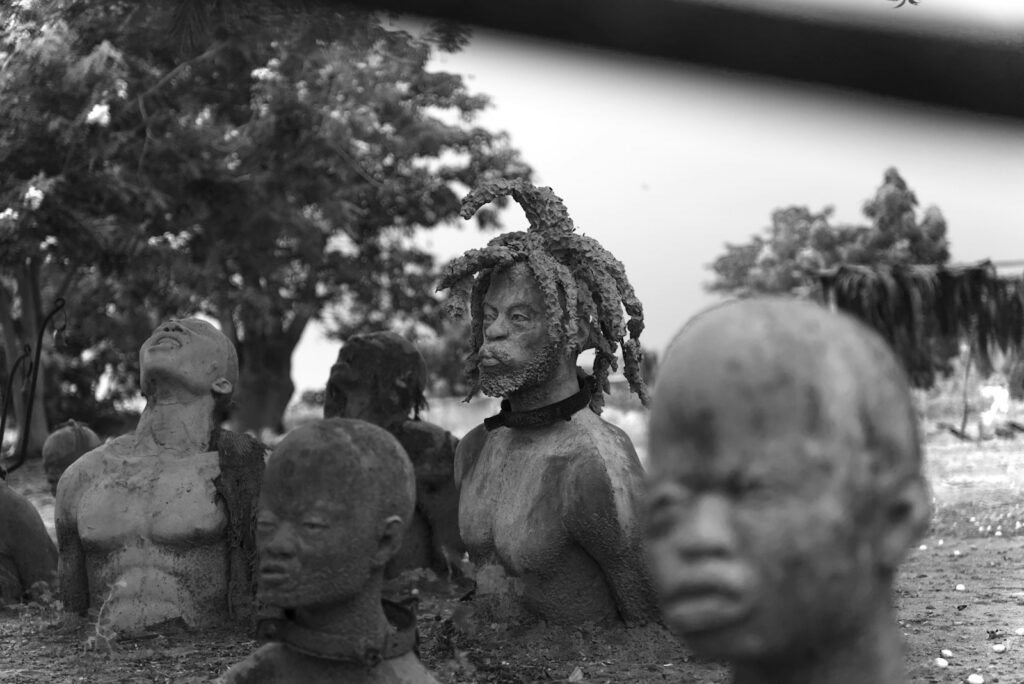
4. **Sethe’s “Too Thick” Love: A Mother’s Desperate Act of Protection**The heart of “Beloved” lies in the unspeakable act that defines Sethe’s past and her present torment. This act is finally brought into the open when Stamp Paid reveals a newspaper clipping to Paul D, detailing the story of a fugitive woman who killed her child. The revelation forces a devastating confrontation between Paul D and Sethe, a moment that peels back layers of repressed memory.
Sethe, finally able to articulate her horrific past, explains what happened after her escape from Sweet Home. Four horsemen, representing the brutal enforcement of slavery, arrived to reclaim her children and drag them back into a life of bondage. Terrified of returning to Sweet Home and facing the vicious Schoolteacher once more, Sethe fled to the woodshed with her children, driven by an instinct to protect them at any cost, even from life itself.
In that desperate moment, she attempted to kill all her children, believing death was the only true escape from slavery’s clutches. She only succeeded in killing her eldest daughter. Sethe justifies her actions with heart-wrenching conviction, stating that she was “trying to put my babies where they would be safe.” This declaration highlights the profound distortion of morality and love under the extreme duress of slavery, where a mother’s ultimate act of love became infanticide.
Paul D’s reaction to this confession is one of shock and condemnation, though tinged with his own deep-seated trauma. He tells Sethe her love is “too thick,” chastising her with the words, “you’ve got two feet, not four.” He struggles to comprehend such an extreme measure, seeing it as an aberration. Yet, Sethe remains unyielding in her conviction, retorting defiantly, “thin love is no love,” asserting that, in her eyes, she did the only right thing to save her children from a fate she deemed worse than death. This exchange lays bare the profound moral and emotional chasm created by the institution of slavery.

5. **Motherhood in the Crucible of Slavery: Bonds Forged in Fire**The novel profoundly explores the theme of mother-daughter relationships, particularly as they were brutalized and redefined by the institution of slavery. Sethe’s character, above all, embodies a maternal passion that, while fiercely protective, also becomes dangerously destructive. Her extreme actions are a direct consequence of a system that systematically denied Black mothers agency over their own children, often selling them away or subjecting them to unspeakable cruelties.
Under slavery, mothers frequently lost their children, leading to devastating psychological consequences for both. Morrison contrasts Sethe’s approach with that of her mother-in-law, Baby Suggs, who dealt with this trauma by refusing to become too close to her children, remembering what she could but steeling herself against further loss. Sethe, however, clung to her children, fighting for them to the point of killing them, believing she was freeing them from a life in bondage. This “dangerous maternal passion” ultimately leads to infanticide, a desperate attempt to salvage her “fantasy of the future” – her children – from the clutches of slavery.
Sethe’s trauma is deeply rooted in the violation of her maternal body, particularly the theft of her breast milk, which she was denied the chance to give to her child. This act of dehumanization prevented her from forming the symbolic bond of feeding with her daughter, leaving an unfillable void. The novel suggests that under slavery, the very essence of motherhood was perverted, forcing mothers to make choices that would be unimaginable in any other context, scarring them for life.
Ultimately, these intensely, almost pathologically, strong maternal bonds inhibit Sethe’s own individuation and prevent the development of her self, causing her to become estranged from the Black community that might otherwise support her. Her actions, born of a desperate love, result in profound isolation and self-destruction, demonstrating how the legacy of slavery continued to warp the most fundamental human connections long after physical emancipation. It’s a poignant portrayal of how systems of oppression can twist love itself into a weapon of self-harm.
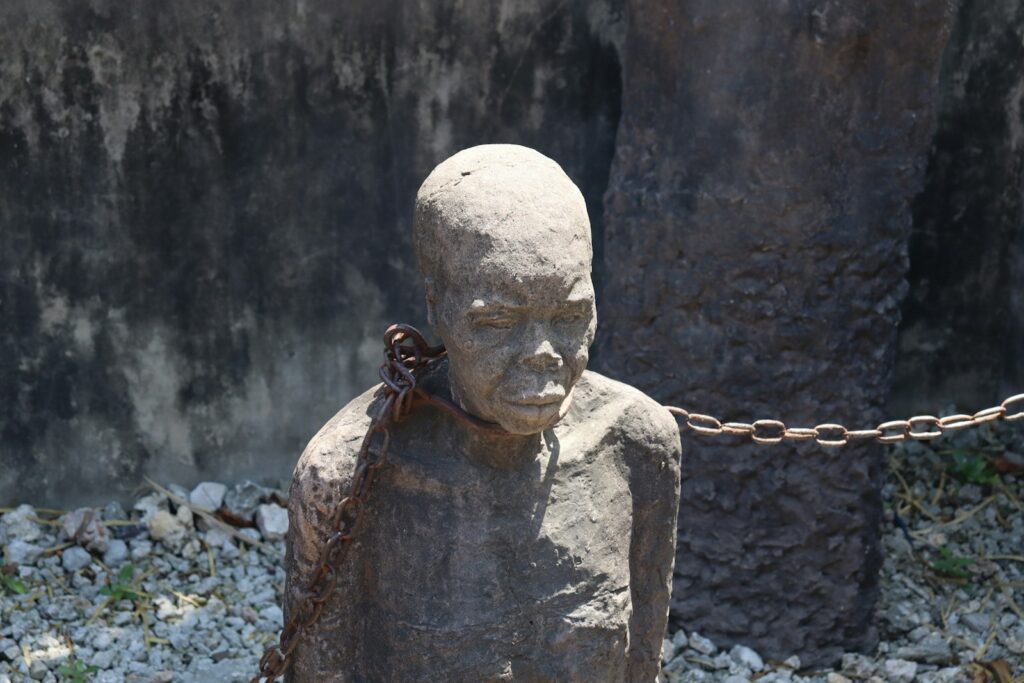
6. **The Unseen Scars: Psychological Effects of Slavery and the Power of “Rememory”**”Beloved” is a profound exploration of the lasting psychological scars left by the institution of slavery, detailing how the immense suffering forced upon individuals led many former slaves to repress their horrific memories. This act of repression and dissociation from the past, the novel argues, causes a fragmentation of the self and a profound loss of true identity, leaving individuals incomplete and untethered.
Sethe, Paul D, and Denver all exemplify this loss of self, each struggling with a fractured identity forged in the fires of their past. Their healing, the novel suggests, can only begin when they are able to confront and reconcile these pasts, integrating their traumatic memories into a coherent sense of self. Beloved, in her mysterious and demanding presence, serves as a crucial, albeit painful, catalyst in this process.
Beloved forces these characters to unearth their deeply repressed memories, bringing the unspeakable to the surface. It is through this painful confrontation, this process of what Sethe famously calls “rememory,” that the reintegration of their fragmented selves can begin. The novel delves into how slavery splits a person into a “fragmented figure,” where the identity, composed of painful and unspeakable memories, is denied and kept at bay, creating a “self that is no self.”
To truly heal and become whole, these painful events must be reorganized and retold in a language that can make them real, acknowledgeable by an audience. However, characters like Sethe, Paul D, and Baby Suggs initially fall short of this realization, attempting to keep their pasts at bay, unable to remake themselves. The novel vividly illustrates that the “self” is often defined by others and their perceptions, and the characters face the immense challenge of an unmade self, composed of their “rememories.” The primary barrier to their remaking of self is a pervasive desire for an “uncomplicated past” and the paralyzing fear that remembering will lead them to “a place they couldn’t get back from,” highlighting the sheer terror of confronting such profound historical trauma.
Ready to dive even deeper into the heart-wrenching world of “Beloved”? After confronting the initial traumas and the mystery of Sethe’s past, we’re now ready to peel back more layers of this incredible novel. From the ways slavery shattered Black families to the surprising forms of heroism that emerge, and the intense debates the book still sparks, there’s so much more to uncover. Let’s get into it, because these stories are as vital as ever.
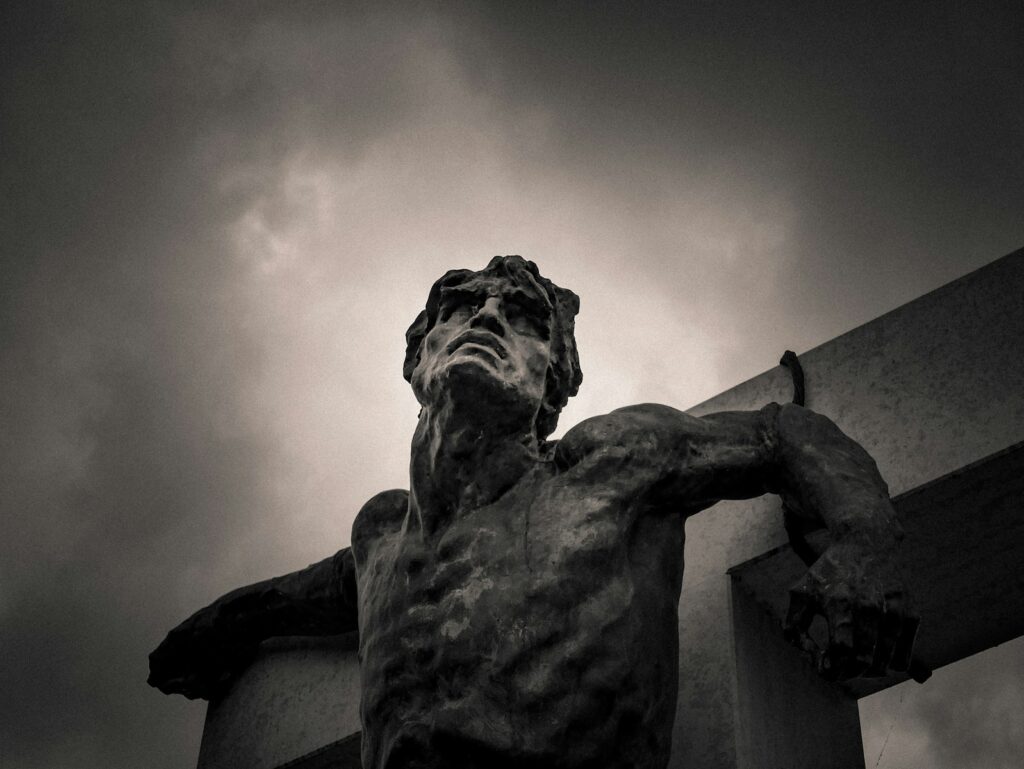
7. **Pain as a Constant Companion: Romanticizing Trauma?**”Beloved” makes it abundantly clear that pain is a universal experience for everyone touched by slavery, leaving scars that are physical, mental, sociological, and psychological. What’s truly intriguing is how some characters, at times, seem to “romanticize” their pain, viewing each harrowing experience as a pivotal turning point in their lives. This concept draws on historical traditions like early Christian contemplative practices and the African-American blues tradition, where suffering can be transformed into a narrative of resilience.
The novel itself is a powerful testament to the systematic torture that formerly enslaved people continued to endure long after the Emancipation Proclamation. Its narrative is a complex labyrinth, reflecting how characters have been “stripped away” from their voices, their narratives, and even their language, leading to a profound diminishing of their sense of self. Each character, having faced different experiences with slavery, carries distinct and intensely personal stories of suffering.
However, there’s also a disturbing tendency among some major characters to inadvertently “beautify” pain, which in turn diminishes the true horror of what was done to them. Take Sethe, for instance: she constantly repeats a white girl’s description of the whip scars on her back, calling them “a Choke-cherry tree. Trunk, branches, and even leaves.” She shares this with everyone, seemingly trying to find beauty in her excruciating pain, despite the immense suffering they caused. Paul D and Baby Suggs, recognizing the painful reality, recoil in disgust and flat-out deny this poetic description of her scars.
Sethe does something similar with Beloved herself. The memory of her ghost-like daughter, and then the living embodiment, plays a complex role of memory, grief, and even spite. Beloved’s presence in their home – a place of vulnerability and the heart – is welcomed by Sethe, who sees her grown daughter alive. Yet, Paul D and Baby Suggs both instinctively feel Beloved is an unwelcome intrusion, a harbinger of past pain. It’s a powerful illustration of how trauma can twist perception, until, by the end, Paul D encourages Sethe to turn that love inward and embrace self-love instead.
8. **Unconventional Heroes: Sethe and Denver’s Fight for Freedom**Forget your caped crusaders; “Beloved” redefines heroism, suggesting it’s not about superpowers, but about the sheer ability to do what one believes is right in the face of overwhelming opposition, inspiring others to break free from their pasts. This book might just convince you that heroism is relative, deeply influenced by personal experience and the support of a community, a concept brilliantly embodied by Sethe and Denver.
Sethe’s decision to kill her own child, Beloved, is met with community scorn, despite her terror that Schoolteacher would drag her family back into slavery. Yet, Sethe herself never wavers in her conviction, justifying her actions with chilling clarity: “It ain’t my job to know what’s worse. It’s my job to know what is and to keep them away from what I know is terrible. I did that.” She firmly believed that death was infinitely preferable to life enslaved, showcasing a profound and tragic heroism born of desperation.
Beyond that harrowing act, Sethe also demonstrates heroism by helping Paul D confront and heal from his own agonizing past. When he revisits Sethe, he reminisces about her tenderness regarding his “neck jewelry” – the iron bit he was forced to wear. She “never mentioned or looked at it, so he did not have to feel the shame of being collared like a beast.” Sethe’s quiet understanding allows him to retain his manhood, a core part of his identity, and this profound empathy leads him to declare, “He wants to put his story next to hers.”
Then there’s Denver, who breaks free from her self-imposed isolation at 124 Bluestone Road. This is a monumental act of courage, as she challenges her own deeply ingrained fears to seek help from a community she’d long been estranged from. “Denver knew it was on her. She would have to leave the yard; step off the edge of the world, leave the two behind and go ask somebody for help.” This metaphorical “stepping off the edge of the world” powerfully underscores her determination to rescue her mother from Beloved’s parasitic grip and envision a future beyond the past’s confines.
Denver’s courage ignites a spark in the community. When Beloved’s influence becomes dangerously detrimental, Denver doesn’t hesitate to take on a motherly role, inspiring Ella to organize a group of women to exorcise Beloved. Their unified voices become a powerful “wave of sound” that cleanses Sethe, leaving her “trembl[ing] like the baptized.” Morrison masterfully shows how heroism isn’t just an individual act, but a force that can unite and empower an entire community to overcome the oppressive weight of history.
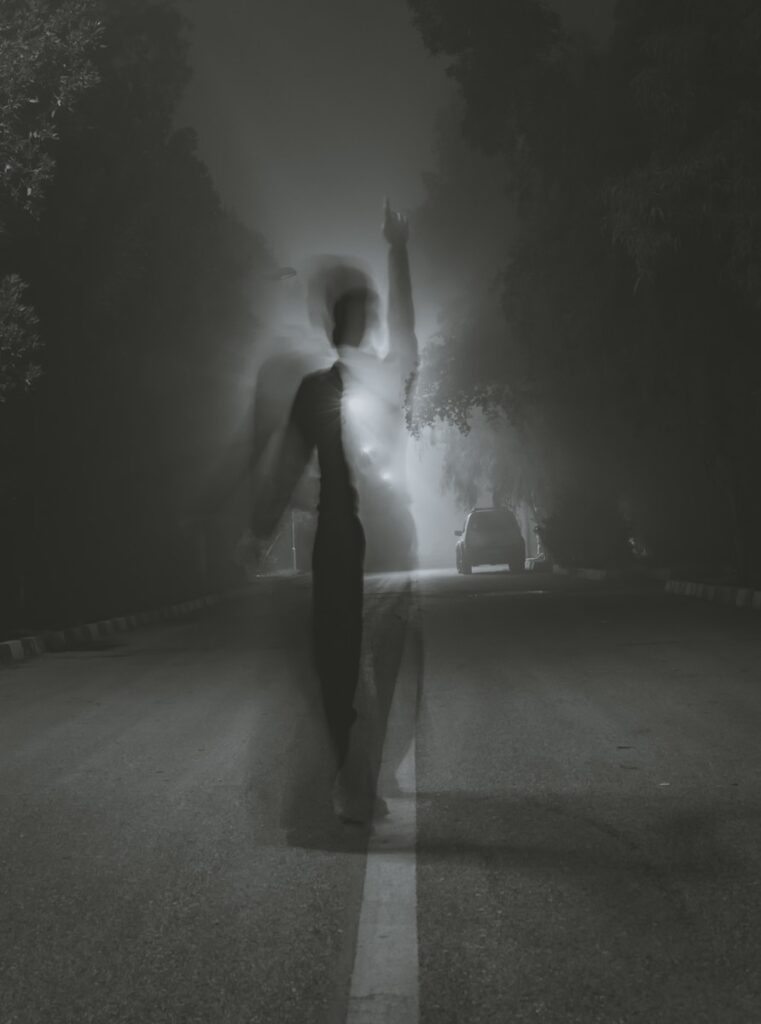
9. **Beloved’s Enigma: Ghost, Real Person, or Collective Memory?**One of the most captivating and intensely debated aspects of “Beloved” centers on the mysterious identity of the character Beloved herself. When she first appears, soaking wet on the doorstep of 124 Bluestone Road, her opaque origins immediately challenge readers. Is she merely a young woman in distress, or is there something far more profound at play? The general consensus within the novel, and among many early readers, was that she was the murdered baby, Sethe’s eldest daughter, returned from the grave. After all, the haunting at 124 ends when she arrives, and her behavior often mimics that of a demanding child, strongly supporting this spectral interpretation.
However, scholars and critics have fiercely debated this very point, questioning whether Beloved is truly a ghost or, in fact, a real person. Initial reviewers, often assuming she was a supernatural incarnation, sometimes faulted the novel for being a confusing ghost story. But as the critical reception evolved, new interpretations emerged that added even more layers to her complex identity.
One compelling argument comes from Elizabeth B. House, who contends that Beloved is not a literal ghost at all. Instead, House suggests the novel depicts two probable instances of mistaken identity. According to this view, Beloved is a young woman who was once enslaved by a white man nearby and escaped. Haunted by the traumatic loss of her own African parents and a profound yearning for connection, she comes to believe that Sethe is her mother. Simultaneously, Sethe, consumed by guilt and a desperate longing for her dead daughter, is rather easily convinced that this enigmatic newcomer is the child she lost.
This interpretation, House argues, brilliantly clarifies many puzzling aspects of the novel and profoundly emphasizes Morrison’s overarching concern with the intricate, often brutal, nature of familial ties under slavery. It shifts the focus from a supernatural mystery to a deeply human one, exploring the psychological scars and the profound need for belonging that shape the identities of formerly enslaved individuals. Whether she’s a ghost or a girl, Beloved unequivocally serves as a catalyst, forcing everyone around her to confront the deepest, most painful corners of their pasts.

10. **A Lasting Legacy: Awards, Tributes, and Benches by the Road**”Beloved” wasn’t just another book; it was a phenomenon, earning Toni Morrison the greatest acclaim of her career. The novel’s impact was immediate and enduring, showered with prestigious awards. It clinched the Pulitzer Prize for Fiction, the Robert F. Kennedy Memorial Book Award, the Melcher Book Award, the Lyndhurst Foundation Award, and the Elmer Holmes Bobst Award, solidifying its place as a literary masterpiece that demanded attention and respect.
Morrison’s dedication of the book, “Sixty Million and more,” is a poignant and powerful tribute, referring to the estimated number of Africans and their descendants who tragically died as a result of the horrific Atlantic slave trade. This dedication alone set the stage for a novel that wasn’t just a story, but a profound act of remembrance and reckoning with an unspoken history. It’s a stark reminder of the immense human cost.
Perhaps one of the most beautiful and tangible legacies inspired by “Beloved” is the “bench by the road” project. In her acceptance speech for the Frederic G. Melcher Book Award in 1988, Morrison lamented the lack of a suitable memorial for the millions of enslaved individuals brought to the United States. “There’s no small bench by the road,” she noted. Inspired by her powerful words, the Toni Morrison Society began installing benches at significant sites connected to the history of slavery in America.
The very first “bench by the road” was dedicated on July 26, 2008, on Sullivan’s Island, South Carolina – a place of entry for an estimated 40% of enslaved Africans brought to the U.S. Morrison herself was deeply moved by this memorial. By 2017, the 21st bench was placed at the Library of Congress, dedicated to Daniel Alexander Payne Murray, the first African-American assistant librarian of Congress. These benches serve as quiet, powerful reminders of lives lost and the enduring struggle for justice.
Beyond these physical tributes, “Beloved” has garnered immense critical recognition, solidifying its place in literary history. A survey by The New York Times ranked it as the best work of American fiction from 1981 to 2006, and in 2019, BBC News proudly included “Beloved” on its list of the 100 most inspiring novels. Its enduring presence in literature and its ability to spark conversation ensure its legacy will continue for generations.
11. **The Uncomfortable Truth: Controversy and Banning**For a novel so acclaimed and impactful, it might come as a surprise that “Beloved” has also faced significant controversy, including being banned in numerous U.S. schools. Common reasons cited for this censorship often include the novel’s unflinching portrayal of bestiality, infanticide, sex, and violence – sensitive topics that Morrison bravely tackles to depict the full horror of slavery.
One particularly notable instance occurred in 2007 at Eastern High School in Louisville, Kentucky. An AP English class was nearly finished with the book when a parent’s complaint about language on page 13 led the principal to abruptly ban it. Thankfully, a concerted effort by the English teacher, like-minded colleagues, and an outpouring of support from the school’s alumni quickly led to the ban being lifted, and “Beloved” continues to be taught there today. It’s a testament to the power of fighting for intellectual freedom!
More recently, in Virginia, “Beloved” was considered for removal from the Fairfax County senior English reading list in 2017. A parent complained that the book included “scenes of violent sex, including a gang rape, and was too graphic and extreme for teenagers.” This parental concern even inspired a legislative effort, the “Beloved Bill,” which would have required Virginia public schools to notify parents of any “sexually explicit content” and offer alternative assignments if requested.
While Governor Terry McAuliffe ultimately vetoed the “Beloved Bill,” the controversy resurfaced in a major way during his 2021 gubernatorial campaign. His debate statement, “I don’t think parents should be telling schools what they should teach,” was seized upon by his opponent, Glenn Youngkin. Youngkin ran a television commercial featuring a parent recounting her efforts to get the book banned, focusing on the “explicit material” in the unnamed work, clearly referencing “Beloved.”
Despite the ongoing debates and attempts at censorship, the novel’s significance is only reinforced. Student activist groups, like Voters of Tomorrow, are even planning to distribute banned books to students in Texas and Virginia, ensuring that powerful stories like “Beloved” continue to reach young readers. This persistent struggle highlights the novel’s enduring power to provoke thought, challenge comfort zones, and keep vital conversations about history and humanity alive.
And there you have it – a deeper dive into the layers that make “Beloved” not just a book, but a force of nature. From the intricate web of family pain to the quiet acts of heroism that reshape destinies, and from scholarly debates to its unwavering stance against censorship, Toni Morrison’s masterpiece continues to resonate, challenging us to confront the past, understand its profound impact, and ultimately, find our own “best thing.” It’s a journey well worth taking, over and over again.”

